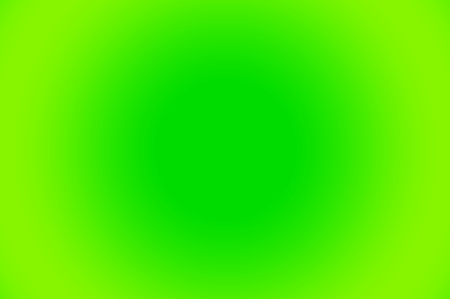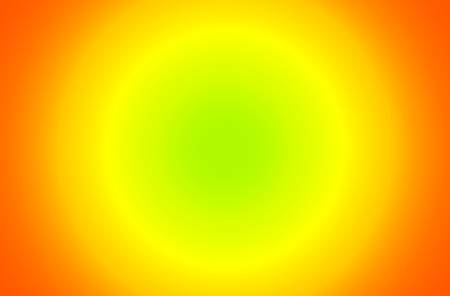 Originally posted by house
Originally posted by house 
A lot of nonsense about measurable qualities above. Data about a lens and proper tests and reviews are very useful. It means you can look at samples with that information in mind. It means you'll find that issue that are deal breakers for you before you have purchased and used the lens for a month. Charts and tests aren't the be-all end-all but very useful *part* of assessing a lens you don't own. Real high level discussions about subjective qualities are also useful but it's rare to find people who can do it properly.
Normal user samples are close to useless because failed shots that reveal the stress points get culled and never displayed/uploaded. All you get is sweet spot photos. The post processing is often so damaging that you can't know what the camera/lens system produced and what has been mangled in post. Finally finding a user that use the camera in similar ways to yourself is time consuming.
The more tests and proper critical reviews the better. Overly positive and uncritical reviews and comments are completely unhelpful. Real information and qualified comments mean someone like myself can buy and use the FA50/1.4 wide open when a certain soft atmosphere is sought after.
With respect, that's pretty dismissive of fellow members' input, house... I don't believe anyone suggested data about a lens can't be
useful; just that it may not be
as important as some folks think. Again, it's subjective... You might consider what's been said to be nonsense, but that doesn't make it so. Those views are working out well for a good number of photographers here, whether-or-not you and/or I agree with them.
As I inferred in my previous post,
if you know what you're looking for in test data...
if and/or
why it's truly important to your use-case(s) and/or personal preferences (rather than what's touted as important by review websites, or owners exercising bragging rights)... great. By all means, use that data. I suspect, however, a lot of folks these days are choosing lenses based largely on data rather than overall rendering (e.g. which lens is sharpest, edge-to-edge, at every aperture, with minimal aberrations) because that's what they see, hear or read being discussed as most important.
I own lenses that perform very well according to test data yet produce images I personally find quite soulless. I have other lenses that perform far-less-than-spectacularly according to the data, yet they render beautifully... And then I have lenses where the rendering is, more-or-less, as good or bad as the test-bench data. The point is, as you say, charts and tests aren't the be-all and end-all... far from it, actually. They
can be very useful factors in one's assessment - but
only if you understand how the data might be relevant to your specific use of the lens. The OP may indeed understand that... but many others certainly
don't.
As a related aside, I own a plethora of vintage lenses - mostly from the former Soviet Union - for which I have no reliable test-bench data. The results from some are quite poor, others are generally useable, and some are absolutely stellar - but this is my own subjective assessment based on what I like and dislike in optical rendering, and my own range of use-cases. Your assessment and that of others may be entirely different. Test data wouldn't have told us that...
Out of curiosity, did test data tell you how the out-of-focus rendering of the FA50/1.4 varies in character from f/1.4 (where it's harsh and busy in detail transitions, despite the overall softness) to f/2.8 (where it's much smoother in those transitions)? No... I thought not...
 Originally posted by house
Originally posted by house 
The latest Pentax lens measured by dxomark was released 2013, the oldest 1991. All tested on apsc cameras. There are also a lot of lenses at either side of those dates. So dxomak isn't very useful for a Pentaxian. Although it did explain why my DA15 was so soft at the edges, their "field map" sharpness chart is great.
One of the problems with DxOMark's data is that it doesn't show the field map for various focus distances, or when off-centre focus points are used (it just shows the results for centre focus at a single test-chart distance). That can make a
huge difference to results, and frequently renders knee-jerk conclusions from DxOMark's data utterly useless...
 Originally posted by house
Originally posted by house 
Just compared that atrocious software corrected RF 16mm lens with the DA15... both at f4 and the former is ff, priced about the same.
Yep, it's so often the case that you have to trade one set of compromises for another. Some (you, presumably) would prefer the flatter field from a software corrected Canon lens. Others prefer the less-flat-field but truly rectilinear, uncorrected performance from the Pentax lens. As always, you pays your money and takes your choice, based on your own personal preferences

Here's why, for many folks, the test data for the DA15 - and that field-curvature softness you noticed with it - doesn't matter, based on
their personal preferences and use-cases:
The 15mm Limited controls my mind - club - PentaxForums.com EDIT: I couldn't begin to tell you which lens - Canon 16mm or Pentax 15mm - is "test-bench" better than the other, as I haven't seen the data and I'm not especially interested in it...and in any case, which is truly "better" is subjective. I can only say that I personally prefer an instrument that performs - as much as possible - based on its inherent optical properties rather than those provided by software massaging (especially where primes are concerned), and I happen to quite like the DA15 (I'm not as passionate about it as some, but I do like it)... especially since it's compatible with the system I shoot, whereas the Canon lens is pretty irrelevant to me as a K-mount user, whatever its price (I'm sure the folks at CanonForums might disagree, and that's fine  ). That's not a judgement, just a personal, subjective view...
). That's not a judgement, just a personal, subjective view...
Last edited by BigMackCam; 05-19-2022 at 11:53 PM.


 Similar Threads
Similar Threads 








 ). That's not a judgement, just a personal, subjective view...
). That's not a judgement, just a personal, subjective view...
















